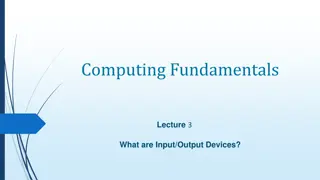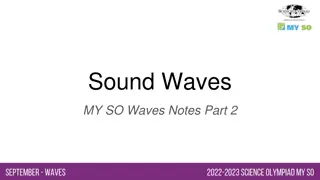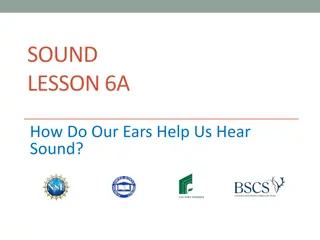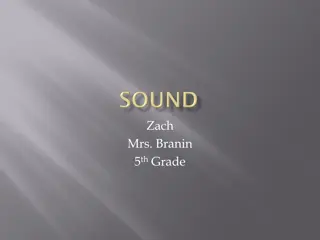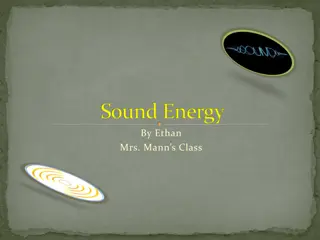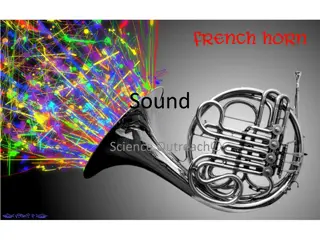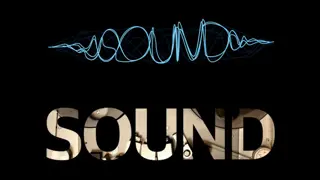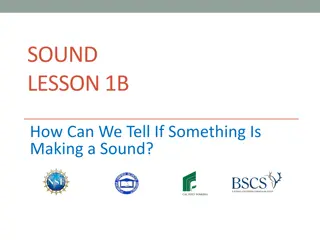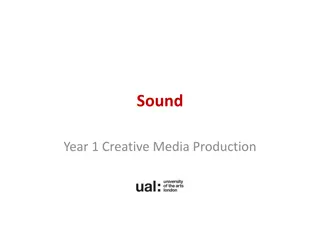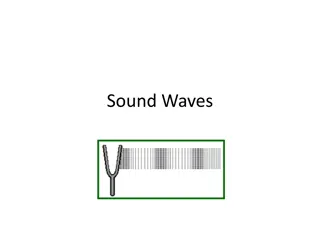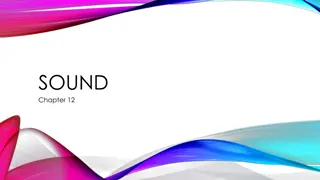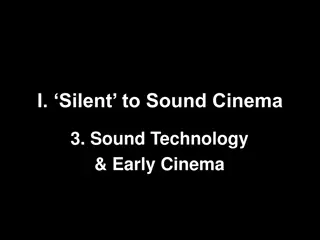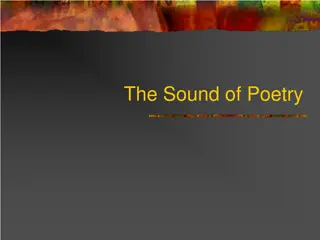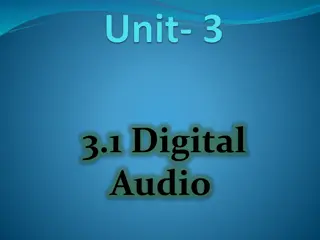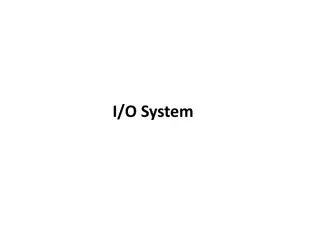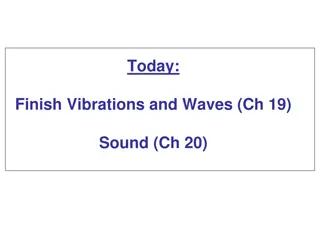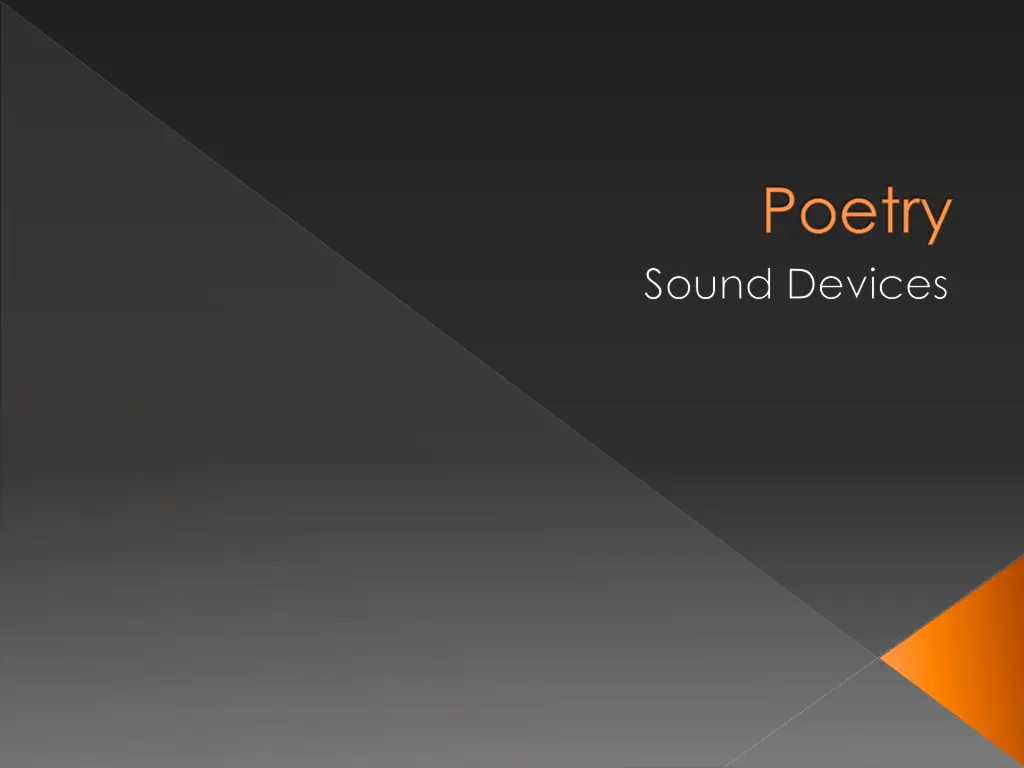
Understanding Poetry Sound Devices: Meter, Feet, Scansion, and More
Dive into the world of poetry sound devices with an exploration of meter, types of metric feet, metrical units, stanzas, scansion, anacrusis, and catalexis. Learn about the rhythmic patterns and structural elements that shape poetic compositions.
Download Presentation

Please find below an Image/Link to download the presentation.
The content on the website is provided AS IS for your information and personal use only. It may not be sold, licensed, or shared on other websites without obtaining consent from the author. If you encounter any issues during the download, it is possible that the publisher has removed the file from their server.
You are allowed to download the files provided on this website for personal or commercial use, subject to the condition that they are used lawfully. All files are the property of their respective owners.
The content on the website is provided AS IS for your information and personal use only. It may not be sold, licensed, or shared on other websites without obtaining consent from the author.
E N D
Presentation Transcript
Poetry Sound Devices
Meter poetry's rhythm, or its pattern of stressed and unstressed syllables. Meter is measured in units of feet ; the five basic kinds of metric feet are indicated below. Accent marks indicate stressed ( / ) or unstressed ( u ) syllables.
Type of Metric Feet iamb Troche Spondee Anapest Dactyl Amphribrach Amphrimacer ba-lloon so-da man-made con-tra-dict ma-ni-ac chi-ca-go att-it-ude
Metrical units are the building blocks of lines of verse: lines are named according to the number of feet they contain: Number of Metric Feet one foot two feet three feet four feet five feet six feet seven feet eight feet Type of Line monometer dimeter trimeter tetrameter pentameter hexameter heptameter octometer
Stanzas are integral to the organizational structure of many poems equivalent to a paragraph in an essay, and also described by the number of lines they contain: Number of lines Two lines Three lines Four lines Five lines Six lines Seven lines Eight lines Name of stanza couplet tercet quatrain cinquain (or quintain) sestet septet octave
Scansion is the analysis of these mechanical elements within a poem to determine meter. Feet are marked off with slashes ( / ) and accented appropriately ( -stressed, -unstressed).
anacrusis an extra unaccented syllable at the beginning of a line before the regular meter begins. Musically, a pickup note. What thou art we know not; What is most like thee? From rainbow clouds there flow not Drops so bright to see . . . Percy Bysshe Shelley
catalexis Incompleteness of the last foot of a line; truncation by omission of one or two final syllables (opposite of anacrusis) One more unfortunate Weary of breath ___ ___ Rashly importunate Gone to her death ___ ___ Thomas Hood
Feminine ending Believe it or not, not every line of iambic pentameter contains ten syllables. Sometimes even Shakespeare himself will go to eleven or twelve. This is most commonly achieved by using an amphribrach for the last foot. Ending with an extra unstressed syllable like this is known as a feminine ending. u / u / u / u / u / u To be | or not | to be| that is | the question
Triple ending Then to really throw you off when you re trying to scan and figure out meter, sometimes authors like Shakespeare will throw in a double feminine ending as in u / u u What s Hecuba to him, or he to Hecuba u / u / u / u u
Emily Dickinson's "Because I Could Not Stop For Death" Because I could not stop for Death He kindly stopped for me The Carriage held but just Ourselves And Immortality. We slowly drove He knew no haste And I had put away My labor and my leisure too, For His Civility We passed the School, where Children strove At Recess in the Ring We passed the Fields of Gazing Grain We passed the Setting Sun
Emily Dickinson's "Because I Could Not Stop For Death" Or rather He passed Us The Dews drew quivering and Chill For only Gossamer, my Gown My Tippet only Tulle We paused before a House that seemed A Swelling of the Ground The Roof was scarcely visible The Cornice in the Ground Since then 'tis Centuries and yet Feels shorter than the Day I first surmised the Horses' Heads Were toward Eternity
Emily Dickinson's "Because I Could Not Stop For Death" Because / I could / not stop / for Death He kind- / ly stopped / for me The car- / riage held / but just / our-selves And Im- / mor-tal- / ity. The feet in these lines are iambic ( u / ). The first and third lines have four feet and can be identified as iambic tetrameter. The second and fourth lines, with three feet each, are examples of catalexis. Therefore, the basic meter is iambic tetrameter.
Whats The Point? Poets often manipulate meter to speed or slow the rate at which a reader reads the line. Stressed syllables serve to slow the pace Unstressed syllables do the opposite
Similar Devices Poets also manipulate vowels, consonants, and consonant blends to achieve a similar purpose Vowels are open and can be spoken rapidly Consonants (and particularly consonant blends) are more difficult to form, hence they slow the pace of the line
caesura :a pause in the meter or rhythm of a line. How do I love thee? || Let me count the ways. Elizabeth Barrett Browning
enjambment a run-on line, one continuing into the text without a grammatical break. The opposite is referred to as an end-stopped line. The inmates of my cottage, all at rest, end stop Have left me to that solitude, which suits Abstruser musings: save that at my side My cradled infant slumbers peacefully. 'Tis calm indeed! so calm, that it disturbs And vexes meditation with its strange And extreme silentness. Frost at Midnight Samuel Taylor Coleridge enjambment end stop enjambment
Assonance repetition of two or more vowel sounds within a line. Burnt the fire of thine eyes (William Blake, "The Tiger")
Consonance The repetition of consonant sounds in a line. Whose woods these are I think I know Robert Frost Stopping by Woods on a Snowy Evening
Alliteration repetition of two or more initial sounds in words within a line. I hear lake water lapping with low sounds by the shore William Butler Yeats The Lake of Innisfree (l = liquid sound)
Onomatopoeia the technique of using a word whose sound suggests its meaning. I felt a funeral in my Brain And mourners to and fro Kept treading treading till it seemed That sense was breaking through And when they all were seated, A service, like a drum Kept beating beating till I thought My mind was going numb Emily Dickinson
Euphony the use of compatible, harmonious sounds to produce pleasing, melodious effect. True ease in writing comes from art, not chance, As those move easiest who have learned to dance. 'Tis not enough no harshness gives offense, The sound must seem an echo to the sense: Soft is the strain when Zephyr gently blows, And the smooth stream in smoother numbers flows; But when loud surges lash the sounding shore, The hoarse, rough verse should like the torrent roar; When Ajax strives some rock's vast weight to throw, The line too labors, and the words move slow; Not so, when swift Camilla scours the plain, Flies o'er the unbending corn, and skims along the main. Hear how Timotheus' varied lays surprise, And bid alternate passions fall and rise! Alexander Pope Sound and Sense Which lines are the euphonious ones? How do you know?
Cacophony the use of inharmonious sounds in close conjunction for effect; opposite of euphony. Or, my scrofulous French novel On grey paper with blunt type! Simply glance at it, you grovel Hand and foot in Belial's gripe: Robert Browning Soliloquy of the Spanish Cloister
End Rhyme: rhyme occurring at end of verse line; most common rhyme form. I was angry with my friend, I told my wrath, my wrath did end. (William Blake, "A Poison Tree")
Internal Rhyme: rhyme contained within a line of verse. The splendor falls on castle walls And snowy summits old in story: The long light shakes across the lakes And the wild cataract leaps in glory. Alfred, Lord Tennyson, Blow, Bugle, Blow
Rhyme Scheme pattern of rhymes within a unit of verse; in analysis, each end rhyme-sound is represented by a letter. She Walks in Beauty She walks in beauty like the night Of cloudless climes and starry skies; And all that's best of dark and bright Meet in her aspect and her eyes: Thus mellowed to that tender light Which heaven to gaudy day denies. Lord Byron a b a b a b
Masculine Rhyme: rhyme in which only the last, accented syllable of the rhyming words correspond exactly in sound; most common kind of end rhyme. She walks in beauty like the night Of cloudless climes and starry skies; And all that's best of dark and bright Meet in her aspect and her eyes: Thus mellowed to that tender light Which heaven to gaudy day denies. Lord Byron She Walks in Beauty
Feminine Rhyme rhyme in which two consecutive syllables of the rhyme-words correspond, the first syllable carrying the accent; double rhyme. Thy gowns, thy shoes, they bed of roses, Thy cap, thy kirtle, and thy posies Soon break, soon wither, soon forgotten In folly ripe, in reason rotten. Sir Walter Raleigh The Nyph s Reply to the Shepherd
Half Rhyme (Slant Rhyme): imperfect, approximate rhyme. God bless America, you know we all love him Yesterday I got a call like from my dog like 101 Said they killed his only son because of insufficient funds Kendrick Lamar XXX
Cmon, do authors and musicians actually use this stuff? Dr. Seuss did: 4 iambs = Iambic tetrameter I will not take them soft or scrambled, fem Despite an argument well-rambled. endings No fan I am of the egg at hand. Destroy that egg! Today! Today! Today I say! Without delay! Look! A pun on iamb!
Yeah, but what about today? . . . Rappers, song writers, musicians, all kinds of writers use various strategies to control prosody, create rhythm, and build phonetic coherence. Subtexts and reinforcement of subject matter can also happen through sound and meter, as we saw with Because I could not stop for death, Let s look at another example:
Yeah, but what about today? . . . Eminem: The Way I am Anapestic tetrameter + . . . assonance I sit back with this pack of Zig-Zags and this bag more assonance Of this weed it give me s--- needed to be Assonance form the previous line giving way to slant rhyme The most meanest MC on this, on this Earth Slant+alliteration And since birthI ve been cursed with this curse to just curse Slanting hard with both assonance and consonance And it sells and it helps in itself to relieve More slant/assonance/consonance All this tension dispensing these sentences And more still, with s and e sounds Getting this stress that s been eating me recently off of this chest to rhyme/repetition
My Papas Waltz by Theodore Roethke The whiskey on your breath Could make a small boy dizzy; But I hung on like death: Such waltzing was not easy. We romped until the pans Slid from the kitchen shelf; My mother s countenance Could not unfrown itself. 5 The hand that held my wrist Was battered on one knuckle; At every step you missed My right ear scraped a buckle. 10 You beat time on my head With a palm caked hard by dirt, Then waltzed me off to bed Still clinging to your shirt. 15
My Papas Waltz by Theodore Roethke Waltz: a ballroom dance in 3 4 time with strong accent on the first beat and a basic pattern of step-step-close (Merriam- Webster) or one-two- three, one-two-three, one-two-three, one-two- three, which Roethke recreates through the meter of this poem, although occasional lines contain an extra syllable or half foot, i.e. a missed step.




